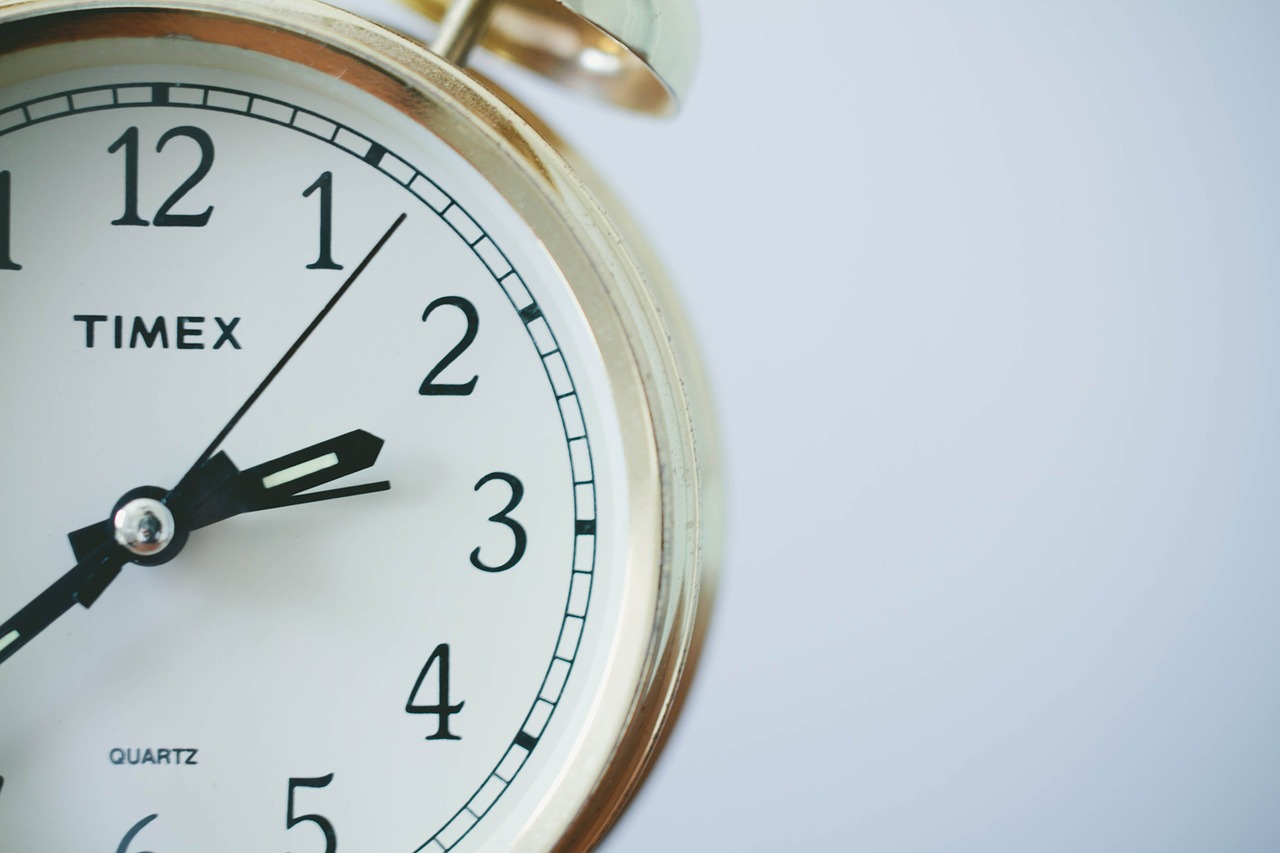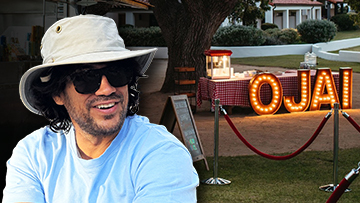How To Read More Books

Tai Lopez
Mar 23, 2017

Books are incredible. There’s simply no other way to learn and retain information from a compendium of specialized human knowledge. Authors living or dead - all of them have invaluable wisdom to impart -- which is why I read a book a day, and you should too.
“But Tai” I can hear you saying, “How do you manage to not just read a book a day, but retain the lessons it teaches you?” I go into great detail on this idea in my Smart Reading course, but in this post, I’m going to give you a few nuggets of insight that will show you how to read smarter -- not faster.
There are more than 7 billion people on this planet. In two books I read recently, Riveted and Where Good Ideas Come From, the complexity of our world and the pace of learning is growing so exponentially that one of the greatest skills you can have is to get through new material quickly and remember it.

Getting Ready to Read
You might think that in order to read more, you simply have to plop down in a chair, open a book, and get started. But there’s a certain process I like to follow which helps me better retain the information I read, and do so quickly. Here’s what I do:
Find a Comfortable Place to Lie Down -- Not Sit
According to Dan Lieberman, sitting is not something our bodies are made to handle for long periods of time (despite our lifestyles to the contrary). That’s why I prefer to lay down where possible and put my feet up. Definitely wouldn't be a bad idea to invest in a comfortable pillow.
Have a Bookmark and Black Pen
The next step is to have a bookmark. It can be as fancy or plain as you want, and a black pen for writing in the book. Circle, underline, star passages to your heart’s content. This helps you retain concepts.
Highlight with iBooks (Optional)
If the book is truly amazing, I will buy it through my iPhone to read when I’m on the go. This feature is optional but highly recommended since iBooks allows you to highlight passages with your finger -- great to do in case the book gets lost.
Get a Timer
You can use an old-fashioned Minute Minder for this or do what I do and set a timer on your smartphone or device. Set it for whatever timeframe you want -- I like to keep mine at 45 minutes, and then consider the end goal --

“What is it I want to learn as a result of reading this book?”
That is your end-game goal. Do you want to come away with a better knowledge of how to take care of your body? Do you want to better understand how to manage your company’s growth? Whatever it is, you need to go into this with a mindset of coming away as a healthier, better, smarter person.
Read Smarter, Don’t Work Harder
Our goal here about reading more books isn’t just for completion’s sake. You have to read the right books and read them again and again so that new nuggets of information get implanted into your brain. I have 150 different books that I enjoy and recommend -- you can use my list as a starting point if you want. These books run the gamut from health and social relationships to business and finance.
And it’s not about the volume of books you read -- it’s about the repetition and the brain’s ability to retain that information. So don’t go into this process thinking you’ll read a book, come away with some details and then put it back on the shelf.
Think of these books as your friends or allies -- you’ll come back to them again and again and continue to learn from them long after the actual reading process has finished.
How These Books Can Help You Actually DO Stuff
Remember that the point of reading more books isn’t just to have bragging rights. You’re going to read these books so that you can actually do stuff with them. The next step is to have a routine in place so that you can continue to do this and make it a part of an ongoing habit. Carving out a path for this habit might be difficult at first, but the more you do it, the easier it will become.
And the reason we set up our process this way is so that it becomes easier and more enjoyable to do.
First, get a timer -- figure out how many minutes a day you can realistically devote to reading. It could be three 15-minute blocks per day, or more, or less. Let’s say it’s only 15 minutes a day. There is no right or wrong answer.
Next - choose the type of book to read and when - You don’t have to read the same book in each session. I have a specific routine of the books I read and an order in which I read them which I detail in my Smart Reading course.
I divide mine into three sections:
1. How-to
2. Classics and
3. Biographies
With varying speed between them. For example, it’s easy to read how-to books quickly, but much more time-consuming to read and retain information from classic literature and biographies - so those are the ones you read more slowly.
And remember, too, these how-to books only contain a few nuggets of relevant information. Everything else is just filler -- stories and anecdotes that back up the key points. So it’s easy to read and retain the key points of how-to books.
Biographies are a bit different. Remember in the first step that I told you to read a book with an end-game in mind? Your end-game shouldn’t be “I want to speed-read this book” -- that defeats the overall purpose.
Set Realistic Goals for Your Reading
Our brains can only take so much - especially with complex concepts. The more you read, the stronger these neural networks in your brains become. You have to learn to crawl before you can walk, and walk before you can run.
Finally, it’s worth noting that I don’t read a book cover to cover. I’ll start out by reading the table of contents and the back and inner jacket of the book -- about the author. This helps clear out your brain’s internal “B.S.” indicators. Then, I’ll read the introductory chapter. This section contains some of the best and juiciest nuggets of information in it.
Then I skip to the last chapter! There’s a lot of great insights here as well. After doing this, you’ve already got a good handle on whether or not this book should be considered one of your key “allies” and worth reading in depth.
You’ll then go back and look at the sections you purposefully missed. Depending on how much time you have, you might want to look at shorter sections while allotting more time in your next session to read more in depth content. Your brain is a master of piecing things together. Although I normally read things in order, it’s still able to piece together major concepts from reading them out of order.
And don’t get stressed out if you come away from this method feeling mentally exhausted. You will, at first. You can only take in a certain amount of knowledge and remember it. Making several passes through the book allows you to retain more and get an overview of a sense of the book and its contents.
And as you continue to do this, you’ll plow through incredible amounts of knowledge. There will be obstacles and challenges, but that is all part of the overall experience. Doing this a little at a time day in and day out will plant the seeds of some of the greatest and most influential minds into your own brain, malleable by your own experience.
And there’s no better time than now to get started.
Best of Tailopez
-
 Why Men's Testosterone Is Half Their Grandfather's with Ben Greenfield
Why Men's Testosterone Is Half Their Grandfather's with Ben Greenfield -
 The Paradox of Wealth: Why Smarter People Aim Smaller
The Paradox of Wealth: Why Smarter People Aim Smaller -
 Mamma Mia in West Adams: Tai Lopez Finds LA's Pasta Holy Grail at Cento Pasta Bar
Mamma Mia in West Adams: Tai Lopez Finds LA's Pasta Holy Grail at Cento Pasta Bar -
 Sales Training, Scaling, and Breaking Objections: Tai Lopez with Johnny Mau
Sales Training, Scaling, and Breaking Objections: Tai Lopez with Johnny Mau -
 Ojai's Best Brunch Spots: Where Tai Lopez Ate Instead of the Ojai Valley Inn
Ojai's Best Brunch Spots: Where Tai Lopez Ate Instead of the Ojai Valley Inn

